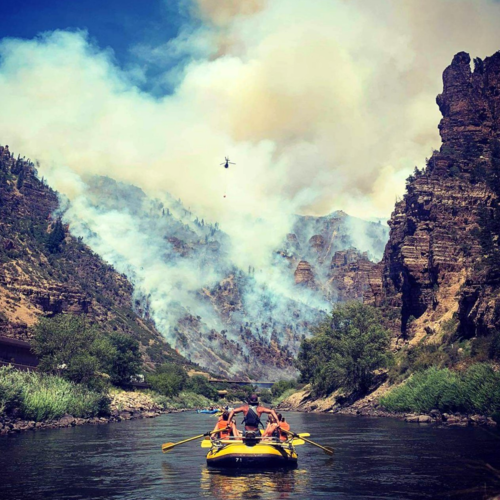Hummer
Well-known member
We've been watching the progress of the Pine Gulch and Grizzly Creek fires. The Pine Gulch fire started in the Bookcliffs north of Palisade and has grown to more than ~58,000 acres, one of the largest in Colorado history. It's readily visible at 12 miles north of our farm outside Palisade.
The Grizzly Creek fire is burning north, south, east and west and through Glenwood Canyon and is around 8000 acres, closing I-70 in both directions and evacuating residents from No Name to Cottonwood Pass. It is the the highest-priority fire in the country due to the I-70 closure. Closer detour routes have been closed making the longer routes difficult and impractical. I don't know when I'll be able to travel to irrigate. I-70 could be closed for another week or more.
This state and our country really needs the leadership to build efficient alternate north and south transportation routes across the Continental Divide.
At our mountain home a few miles east of the divide we've been inundated by the heavy smoke, ash fallout and the orange glow of light filtering through smoke. I imagine that many along the northern Front Range are getting it too. We live in a high fire danger area surrounded by spruce-fir forest and I work every week to lessen the risk. When we see the smoke we are cognizant of the tremendous loss of life and productivity that comes from the fires. I worry about the bighorns in Glenwood Canyon, and all the other animals. From what I've seen from mountain forest fires not all the ungulates escape and few small mammals survive. Fortunately, the breeding season for most birds is over now but juveniles and migrants are at risk. I understand the advantage of vegetative rejuvenation which comes some years later but there's little about forest fires that gives me pleasure.






